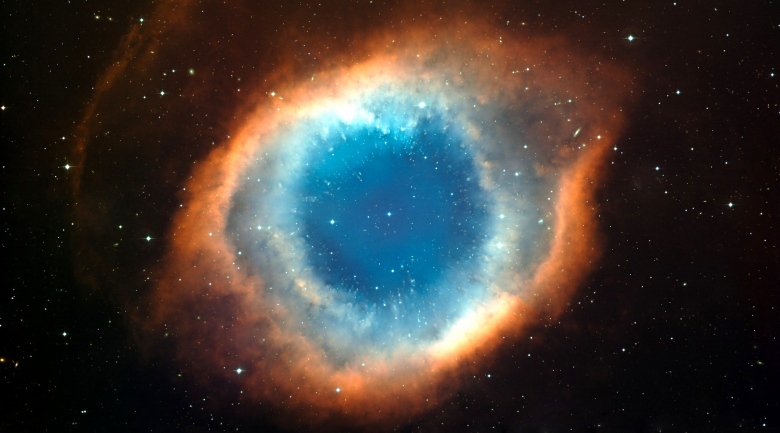
Take a look around you, and in your mind’s eye, randomly wipe out all but a small fraction of what you can see. Pretend the vast rest of reality is there but invisible. You’d probably like a device that helps you see much more of it.Scientists working at CERN, have made progress in that direction with the Alpha Magnetic Spectrometer, which has been riding aboard the International Space Station.
Physicists believe that mental exercise in blindness reflects the reality of our universe, only about 4% of which manifests as the kind of matter and energy we can perceive. More than 70% consists of so-called dark energy, physicists say, and more than 20% is dark matter, neither of which humans can directly detect so far. But scientists feel certain it must exist, partly because of the gravity it exerts on the visible universe.
This week, CERN scientists published an analysis of data from the AMS, which detects subatomic particles constantly bombarding Earth. They include exceedingly rare antimatter particles that can result from the breakdown of dark matter. They are called positrons, also known as anti-electrons. They have the same mass as electrons, but electrons have a negative charge, and positrons have a positive charge. Scientists believe dark matter collides, splitting into pairs of electrons and positrons, so the ability to examine positrons in detail could help in proving the existence of dark matter.
